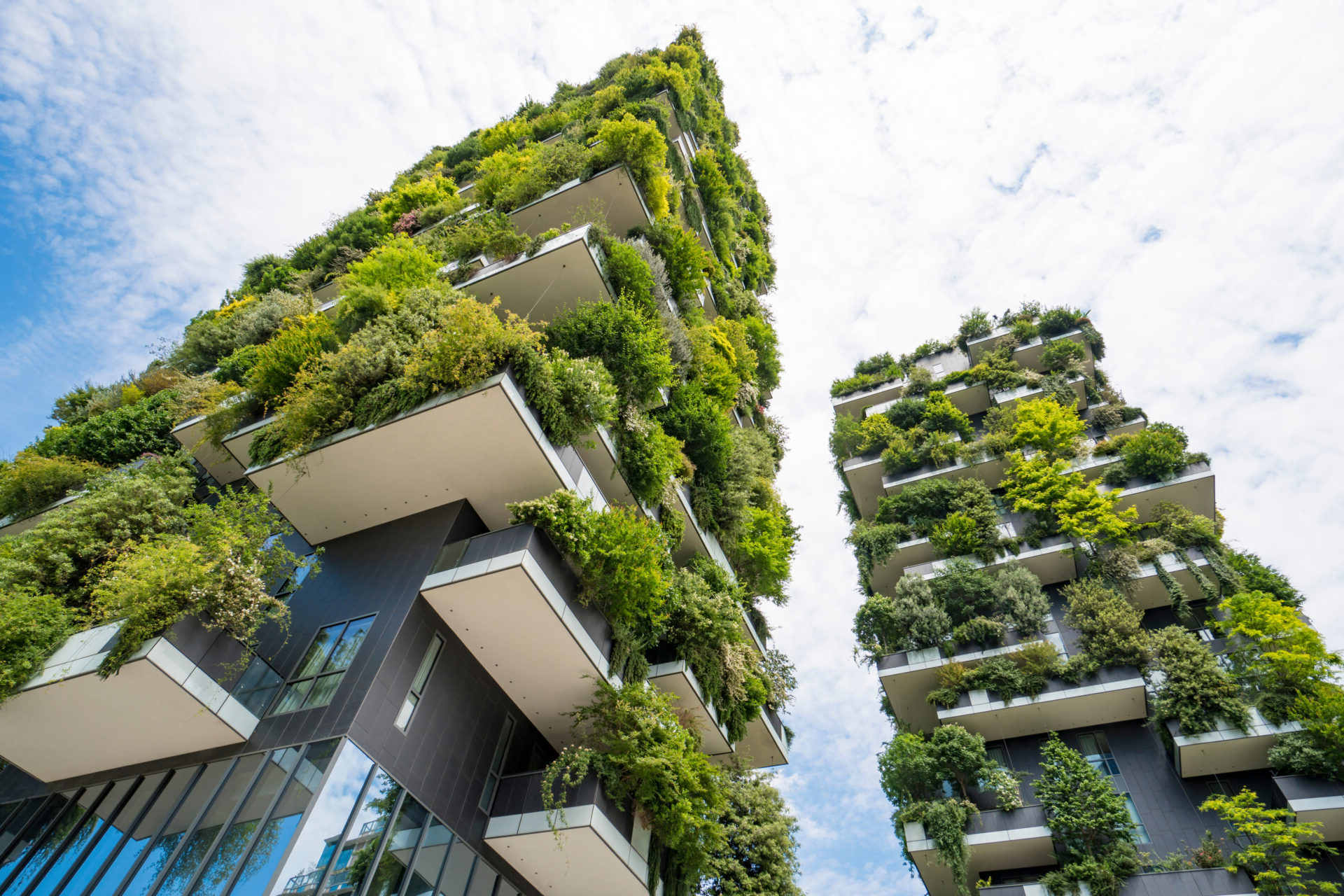
Green buildings are more than just a trend; they represent a shift towards sustainable living. But what exactly makes a building "green"? Green buildings are designed to reduce the overall impact on human health and the natural environment. This involves efficient use of energy, water, and other resources, as well as reducing waste, pollution, and environmental degradation. They often incorporate renewable energy sources like solar panels and use materials that are non-toxic, ethical, and sustainable. Green buildings also focus on improving indoor environmental quality through better air quality, natural lighting, and thermal comfort. Ready to learn more? Here are 22 fascinating facts about green buildings that will change how you view construction and architecture.
What Are Green Buildings?
Green buildings are designed to reduce the overall impact on the environment and human health. They achieve this through efficient use of energy, water, and other resources. Here are some fascinating facts about green buildings.
-
Energy Efficiency: Green buildings use 25% less energy compared to traditional buildings. This is achieved through better insulation, energy-efficient windows, and smart lighting systems.
-
Water Conservation: These buildings can reduce water usage by up to 40%. They often incorporate rainwater harvesting systems and low-flow fixtures.
-
Improved Air Quality: Green buildings use materials that emit fewer pollutants, leading to better indoor air quality. This can reduce respiratory issues and allergies.
-
Renewable Energy: Many green buildings utilize renewable energy sources like solar panels and wind turbines. This reduces reliance on fossil fuels.
-
Sustainable Materials: These buildings often use recycled or sustainably sourced materials. This reduces the environmental impact of construction.
Economic Benefits of Green Buildings
Green buildings are not just good for the environment; they also offer significant economic benefits. Here are some key points.
-
Higher Property Value: Properties with green certifications often have higher market values. Buyers are willing to pay more for eco-friendly features.
-
Lower Operating Costs: Energy and water-efficient systems reduce utility bills. This can lead to significant savings over time.
-
Tax Incentives: Many governments offer tax breaks and incentives for green building projects. This can offset some of the initial costs.
-
Increased Occupancy Rates: Green buildings often have higher occupancy rates. Tenants are attracted to the lower utility costs and healthier living conditions.
-
Reduced Maintenance Costs: Sustainable materials and efficient systems often require less maintenance. This can further reduce long-term costs.
Health and Well-being
Green buildings are designed with human health in mind. They offer several benefits that can improve the well-being of occupants.
-
Natural Lighting: These buildings maximize the use of natural light. This can improve mood and productivity.
-
Thermal Comfort: Advanced insulation and HVAC systems maintain comfortable indoor temperatures. This can enhance overall comfort.
-
Noise Reduction: Green buildings often incorporate soundproofing materials. This can create a quieter, more peaceful environment.
-
Biophilic Design: Incorporating natural elements like plants and water features can reduce stress. This design approach connects occupants with nature.
-
Access to Green Spaces: Many green buildings include rooftop gardens or nearby parks. These spaces provide areas for relaxation and exercise.
Technological Innovations
Green buildings often incorporate cutting-edge technologies to achieve their sustainability goals. Here are some examples.
-
Smart Sensors: These sensors can adjust lighting and HVAC systems based on occupancy. This optimizes energy use.
-
Building Information Modeling (BIM): BIM software helps in designing more efficient buildings. It allows for better planning and resource management.
-
Green Roofs: These roofs are covered with vegetation. They provide insulation and reduce stormwater runoff.
-
Greywater Recycling: This system reuses water from sinks and showers for irrigation. It reduces overall water consumption.
-
Energy Storage Systems: Batteries and other storage systems can store excess energy. This ensures a steady energy supply even during peak demand.
Global Impact
Green buildings are making a significant impact worldwide. Here are some global trends and statistics.
-
Rapid Growth: The green building market is growing at a rate of 10-15% annually. More countries are adopting green building standards.
-
Carbon Emission Reduction: Green buildings can reduce carbon emissions by up to 30%. This contributes to global efforts to combat climate change.
The Green Building Revolution
Green buildings are more than just a trend. They represent a shift towards sustainability, energy efficiency, and healthier living environments. By incorporating eco-friendly materials, reducing waste, and optimizing energy use, these structures help combat climate change and promote a greener future.
From cost savings on energy bills to improved indoor air quality, the benefits of green buildings are undeniable. They not only reduce our carbon footprint but also enhance the quality of life for occupants. As technology advances, expect even more innovative solutions to emerge in the green building sector.
Embracing green building practices is a step towards a sustainable future. Whether you're a homeowner, builder, or policymaker, considering green building principles can make a significant impact. Let's continue to support and advocate for greener, healthier, and more efficient buildings for generations to come.
Was this page helpful?
Our commitment to delivering trustworthy and engaging content is at the heart of what we do. Each fact on our site is contributed by real users like you, bringing a wealth of diverse insights and information. To ensure the highest standards of accuracy and reliability, our dedicated editors meticulously review each submission. This process guarantees that the facts we share are not only fascinating but also credible. Trust in our commitment to quality and authenticity as you explore and learn with us.


